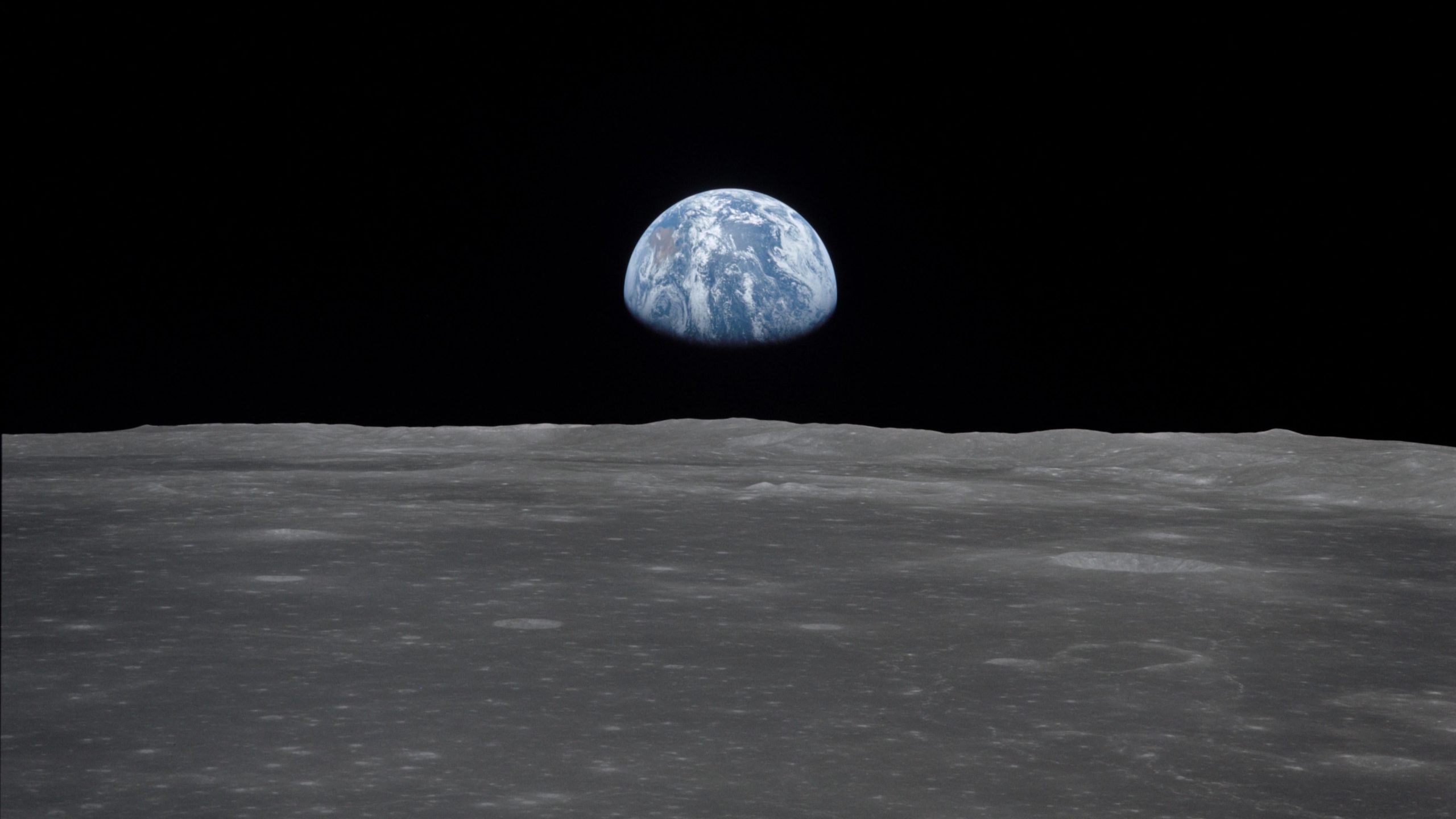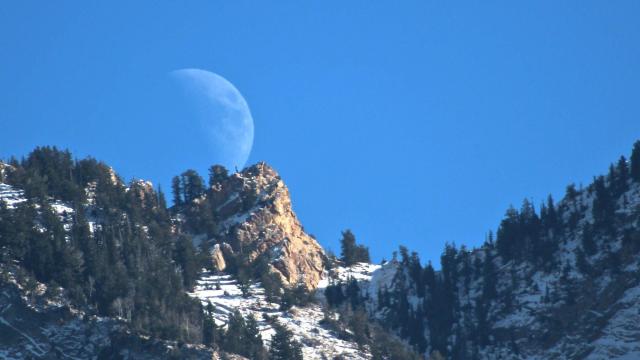NASA is teaming up with the U.S. Department of Energy’s Idaho National Laboratory to develop a non-solar power source on the Moon by the year 2030. But they need some help with the details.
A request for reactor designs on behalf of NASA and a contractor of the DOE is open through mid-February. The request comes on the heels of a reinvigorated lunar program. The Artemis missions will see humans return to the lunar surface for the first time in nearly 50 years. And as human ambition beyond Earth grows, so too do plans for human infrastructure beyond our pale blue dot.
“Providing a reliable, high-power system on the moon is a vital next step in human space exploration, and achieving it is within our grasp,” Sebastian Corbisiero, who heads up the lab’s Fission Surface Power Project, said in a laboratory press release.
The power system NASA wants is a nuclear fission plant. Nuclear fission creates energy by splitting a heavy atomic nucleus into lighter nuclei, releasing energy as a byproduct. (That’s not to be confused with fusion, by which two light nuclei are fused to create a heavier atom, also with an immense energy byproduct.) There are 94 nuclear reactors operating in the United States alone.
The plan is to assemble the reactor on Earth and then launch it to the Moon. The fundamental requirements for any submitted design are that it be a uranium-fuelled reactor with a system that converts nuclear power into energy, have temperature controls to keep the reactor cool (the Moon is frigid at night but can be over 250° Fahrenheit during the day), and have a system that can provide at least 40 kilowatts of continuous power over a decade on the Moon.
It, obviously, needs to be structurally sound enough to survive a launch from Earth and a lunar landing. It must fit inside a 3.66 m-wide, 5.49 m-long cylinder and weigh less than 5,987 kg, reports the Associated Press. A mere 386,243 km from Earth, the Moon is a stepping stone toward more ambitious aims for human exploration in the solar system.

“Plentiful energy will be key to future space exploration,” said Jim Reuter, an associate administrator for NASA’s Space Technology Mission Directorate, in the same release. “I expect fission surface power systems to greatly benefit our plans for power architectures for the moon and Mars and even drive innovation for uses here on Earth.”
Just being in space doesn’t mean solar power is guaranteed, and nuclear power is a great way of reliably powering spacecraft. The Perseverance rover, for example, uses plutonium-238 to keep its systems up and running.
If we don’t have a local power source when we go off-planet, we won’t be able to have a long-term presence there. Sounds straightforward enough. If you think you can help NASA out, be sure to draw up your plans and submit them by February 2022.
Editor’s Note: Release dates within this article are based in the U.S., but will be updated with local Australian dates as soon as we know more.
